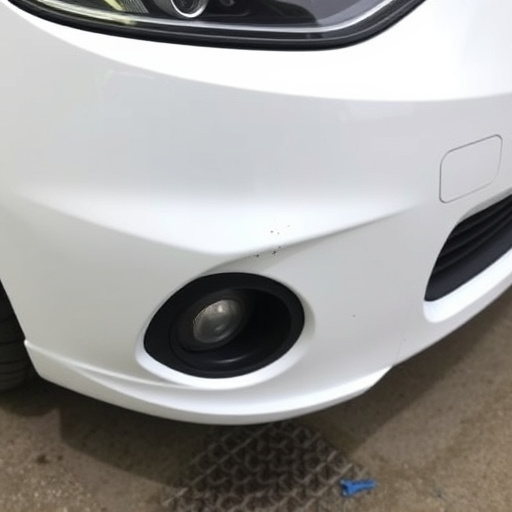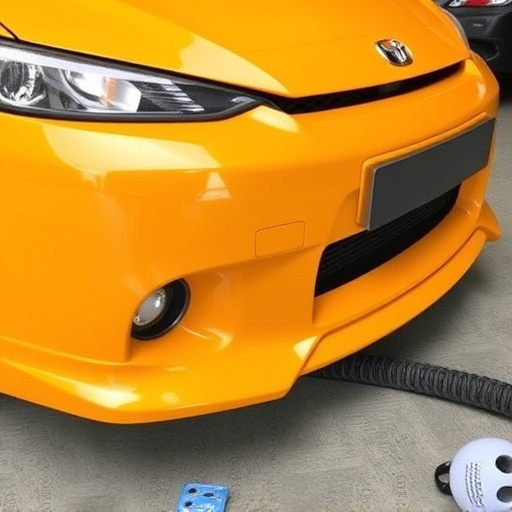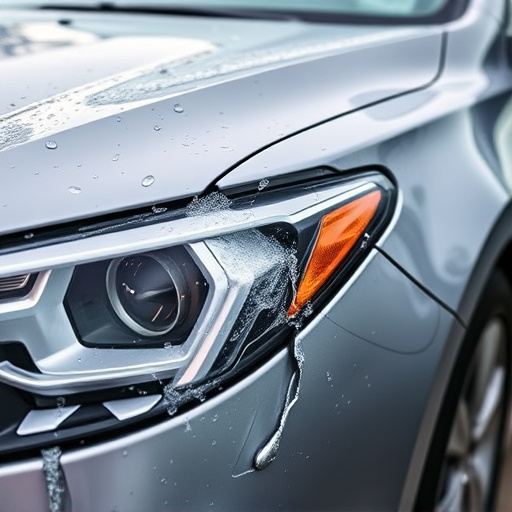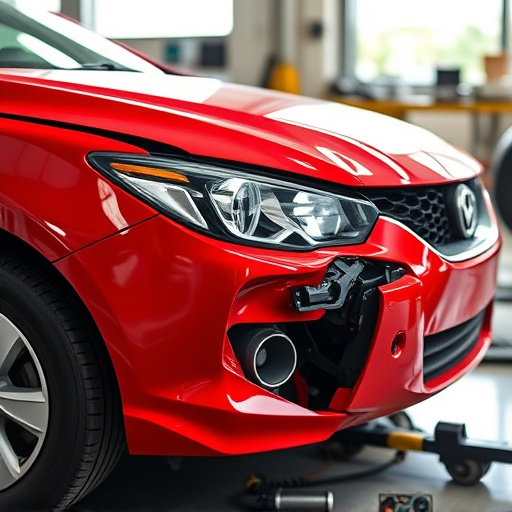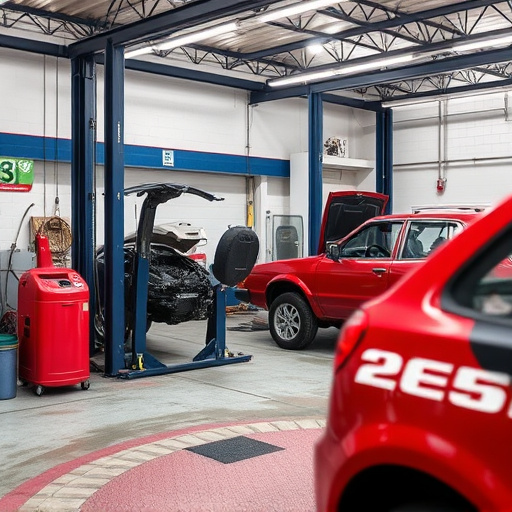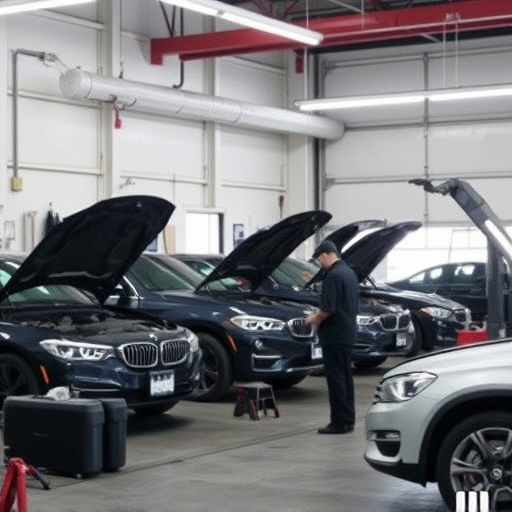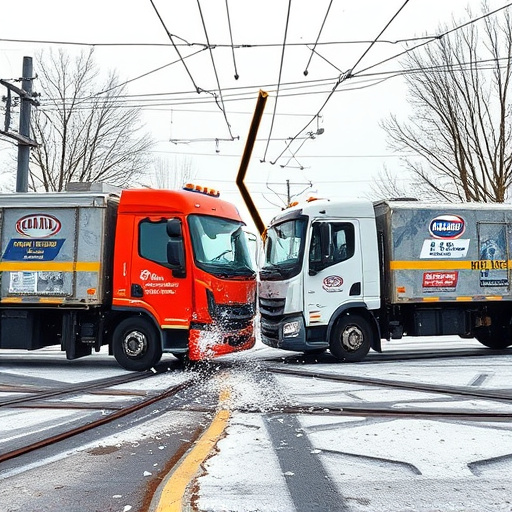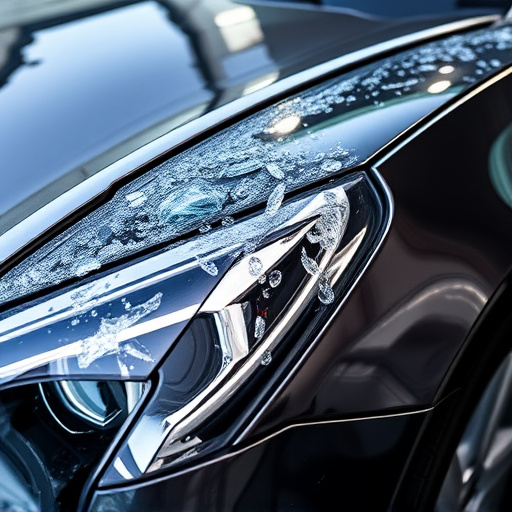A repair quality inspection involves meticulous visual assessments by trained technicians to ensure seamless finishes, proper alignment, and air tightness in vehicle restoration work. Duration varies based on damage complexity, inspector expertise, and workshop conditions, with simple repairs taking less time than complex ones. Realistic timeframes enhance efficiency, client satisfaction, and quality control, balancing thoroughness with timeliness.
A well-conducted repair quality inspection is vital for ensuring job excellence and customer satisfaction. This article guides you through understanding the intricacies of the inspection process, exploring factors that influence duration, and setting realistic timelines. Learn how to efficiently assess repairs, optimize time management, and maintain high-quality standards with actionable insights on what constitutes a typical repair quality inspection.
- Understanding the Inspection Process
- Factors Influencing Inspection Duration
- Setting Realistic Timeframes
Understanding the Inspection Process
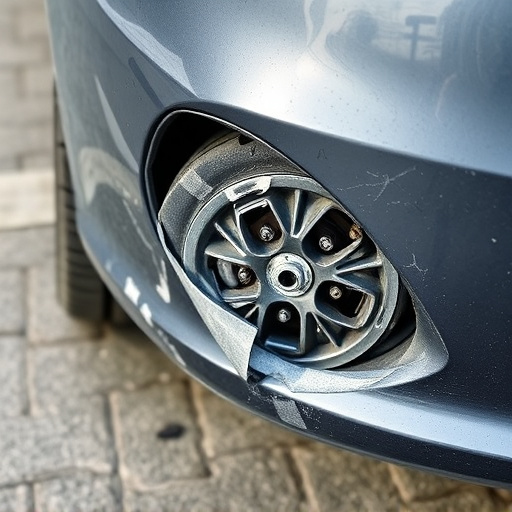
A repair quality inspection is a meticulous process that involves careful examination of the damaged vehicle to ensure it meets the highest standards of repair. It’s more than just checking off boxes; it’s about assessing each aspect of the restoration work, from structural integrity to aesthetic appeal. The process typically begins with a thorough visual inspection, where trained technicians scrutinize the damage, identifying any imperfections or discrepancies. This initial step is crucial as it sets the foundation for the entire repair quality inspection.
In an auto collision center, the focus might be on assessing frame alignment, ensuring precise restoration of the vehicle’s structural integrity after a dent repair or auto glass replacement. For instance, in the case of a dent repair, technicians use specialized tools to measure and match the original contour of the panel, guaranteeing a seamless finish that blends flawlessly with the rest of the car body. Similarly, when it comes to auto glass repair, the inspection includes checking for proper alignment, air tightness, and visual clarity, making sure the replacement glass meets safety standards and offers unobstructed visibility.
Factors Influencing Inspection Duration
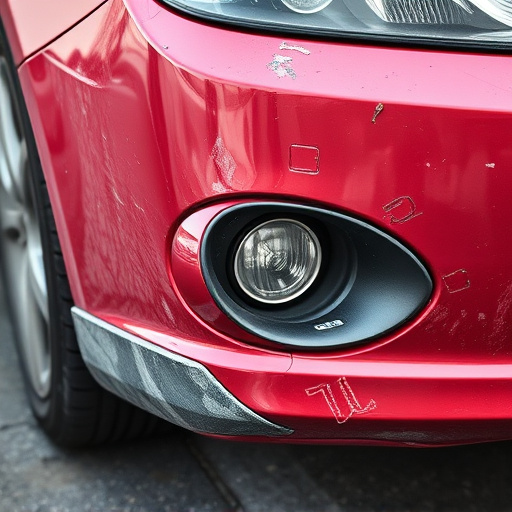
The duration of a repair quality inspection can vary greatly depending on several factors. One of the primary influences is the complexity of the repair required—whether it’s a simple car dent repair or a more intricate vehicle repair involving multiple systems. Complex tasks naturally demand more time to ensure thoroughness and accuracy. The size and scope of the project also play a significant role; a small, localized dent repair will take less time than a full-scale vehicle overhaul.
Additionally, the availability and expertise of the inspection team are crucial. Skilled technicians with extensive experience in specific areas can often complete inspections faster and more efficiently. Meanwhile, specialized repairs like dent repair might necessitate the use of advanced tools and techniques, adding to the overall inspection time. Environmental factors, such as workshop layout and accessibility to equipment, can also impact duration, ensuring a well-organized space enhances productivity during these checks.
Setting Realistic Timeframes
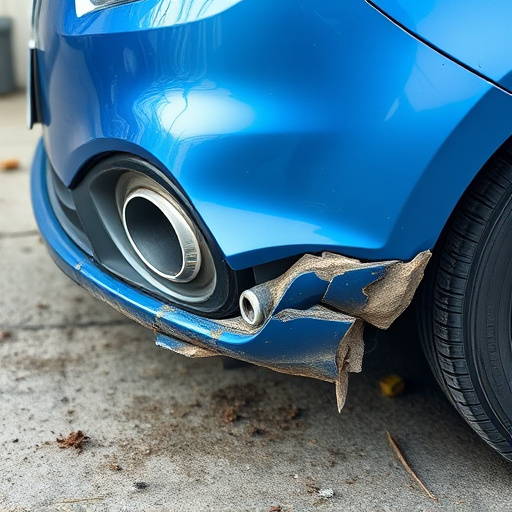
Setting realistic timeframes for a repair quality inspection is paramount to ensuring efficiency and client satisfaction within a vehicle body shop or collision repair service. Each car damage repair assessment should consider several factors, including the complexity of the work required, available resources, and the expertise of the inspectors. For example, a minor dent removal might take an hour, while a more intricate frame straightening process could extend the inspection to several hours.
Realistic timeframes also account for quality control measures, testing, and necessary communication with clients. Efficient processes in a vehicle body shop or collision repair service allow technicians to accurately assess repairs without unduly prolonging turnaround times. This balance ensures that customers receive timely updates on their car’s progress while maintaining high standards of repair quality.
A thorough repair quality inspection is essential for ensuring optimal repairs and customer satisfaction. By understanding the process, factoring in various influences, and setting realistic timelines, technicians can efficiently navigate each step, minimizing wait times and maximizing productivity. Remember, a well-executed repair quality inspection ultimately contributes to higher-quality work and stronger client relationships.
